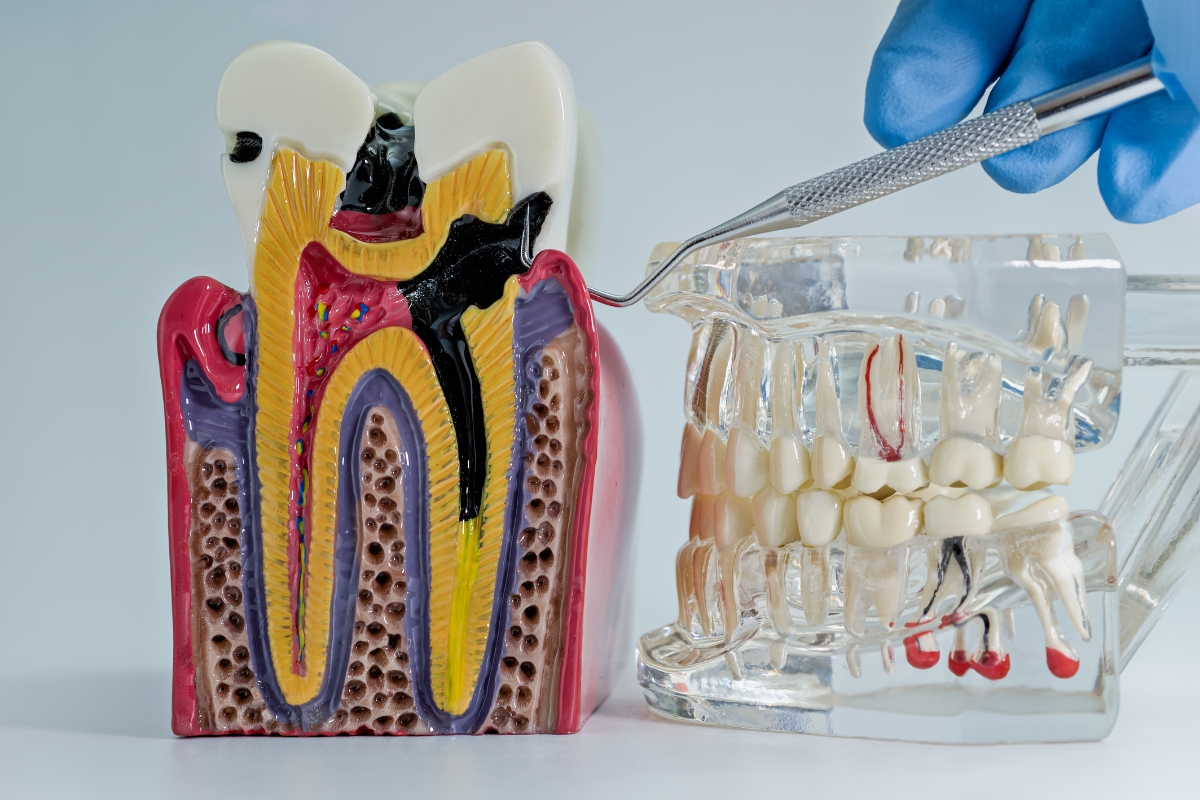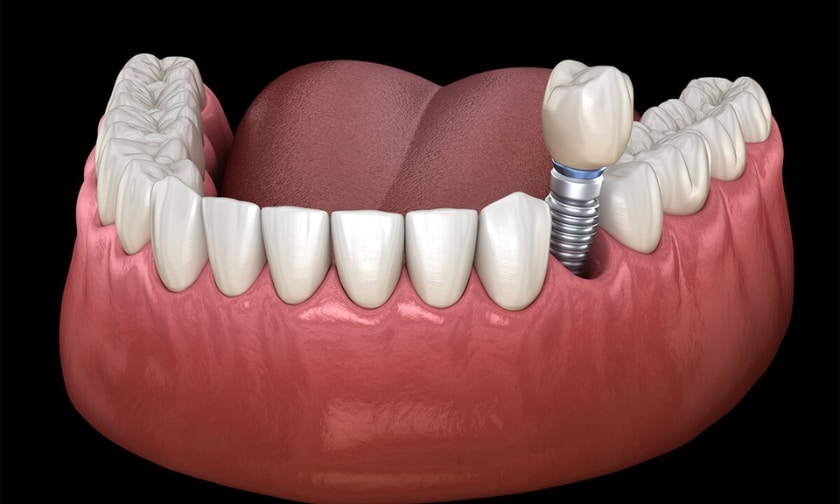There are several myths about root canal therapy that make it seem more intimidating than it really is. Many people believe that this common dental procedure is incredibly painful or only necessary as a last resort. However, the reality is that a root canal is a straightforward and effective way to save a damaged or infected tooth. With modern dental techniques, the process is usually no more uncomfortable than getting a filling. Understanding the facts about root canal treatment can aid in your decision-making regarding the state of your teeth and alleviate any fears.
Common Myths About Root Canal Therapy
Myth 1: Root Canal Therapy is Painful
The most prevalent misconception regarding root canals is that it’s a painful procedure. A root canal actually doesn't hurt any more than receiving a filling. Modern techniques and anesthesia have made the process relatively painless. Many patients report feeling minimal discomfort during and after the procedure.
Myth 2: A Root Canal is a Last Resort
Some believe that a root canal is only performed when there’s no other option left. This isn't true. A root canal is often recommended when a tooth is severely damaged but still salvageable. It is an effective way to restore a tooth and prevent the need for extraction.
Myth 3: Root Canals Cause Illness
Another misconception is that root canals can cause systemic illnesses or other health problems. Research has shown that root canals are safe and do not cause diseases elsewhere in the body. The procedure involves removing infected tissue and sealing the tooth, preventing further issues.
Myth 4: Teeth Treated with Root Canals are Weak
People often think that a tooth that has undergone a root canal will become weak and prone to breakage. While it’s true that the tooth may be more fragile, it can be reinforced with a crown. This helps restore its strength and function, allowing you to use the tooth normally.
Myth 5: Root Canal Therapy is Expensive and Not Worth It
Cost can be a concern, but many people find root canals to be a worthwhile investment. It is often less expensive than extracting a tooth and getting a replacement. Saving a tooth with root canals can also prevent more complex dental procedures in the future.
Realities of Root Canal Therapy
How does the Procedure Work?
A root canal involves several steps:
- Diagnosis: Your dentist will take X-rays to assess the damage and infection.
- Treatment: The oral surgeon extracts the injured pulp from inside the tooth, cleans the area, and fills it with a special material.
- Restoration: After the tooth is sealed, to restore its shape and functionality, a crown may be installed.
This process is designed to remove infection, alleviate pain, and preserve the tooth.
Benefits of Root Canal Therapy
Opting for a root canal comes with several advantages:
- Pain Relief: The procedure removes the source of pain, often leading to immediate relief.
- Preservation of Natural Tooth: Keeping your natural tooth helps maintain your bite and avoids shifting of other teeth.
- Cost-Effectiveness: Although the initial cost may seem high, it can be less expensive than tooth extraction and replacement options in the long run.
Aftercare and Recovery
Post-treatment care is crucial for the success of root canal treatment:
- Follow-up Visits: Regular check-ups ensure the tooth heals properly and no new issues arise.
- Oral Hygiene: Keeping your mouth clean can help avoid infections and keep the tooth in good condition.
- Avoid Hard Foods: For a few days after the procedure, avoid chewing hard foods on the treated tooth to prevent damage.
When to Seek Root Canal Therapy?
Consider a root canal if you experience:
- Severe Tooth Pain: Persistent pain, especially when chewing or applying pressure.
- Prolonged Sensitivity: Sensitivity to hot or cold that doesn’t go away.
- Swelling: Swelling in the gums or face near the affected tooth.
If you notice these symptoms, it’s important to consult with your dentist to discuss whether a root canal is needed.
Moving Forward with Root Canal
Root canal treatment is a dependable and efficient way to save a tooth that is at risk of extraction. Understanding the realities behind this procedure can help alleviate fears and misconceptions. If you have been advised to consider a root canal, it’s worth discussing the benefits and potential outcomes with your dentist.
Taking care of your oral health is crucial for maintaining a healthy smile. By addressing issues like damaged or infected teeth promptly, you can avoid more serious complications and ensure your teeth stay strong and functional.
Frequently Asked Questions
Does root canal therapy require multiple visits?
Typically, root canal therapy can be completed in one to two visits. However, complex cases or teeth with multiple canals might require additional appointments.
How do I know if I need root canal therapy?
Symptoms like persistent tooth pain, sensitivity to hot or cold, and swelling in the gums may indicate the need for root canal therapy. Your dentist can diagnose the issue with an examination and X-rays.
Will my tooth be completely pain-free after the root canal?
Most patients experience significant relief from pain after root canal therapy. Some mild discomfort may persist for a few days, but it should gradually subside.










